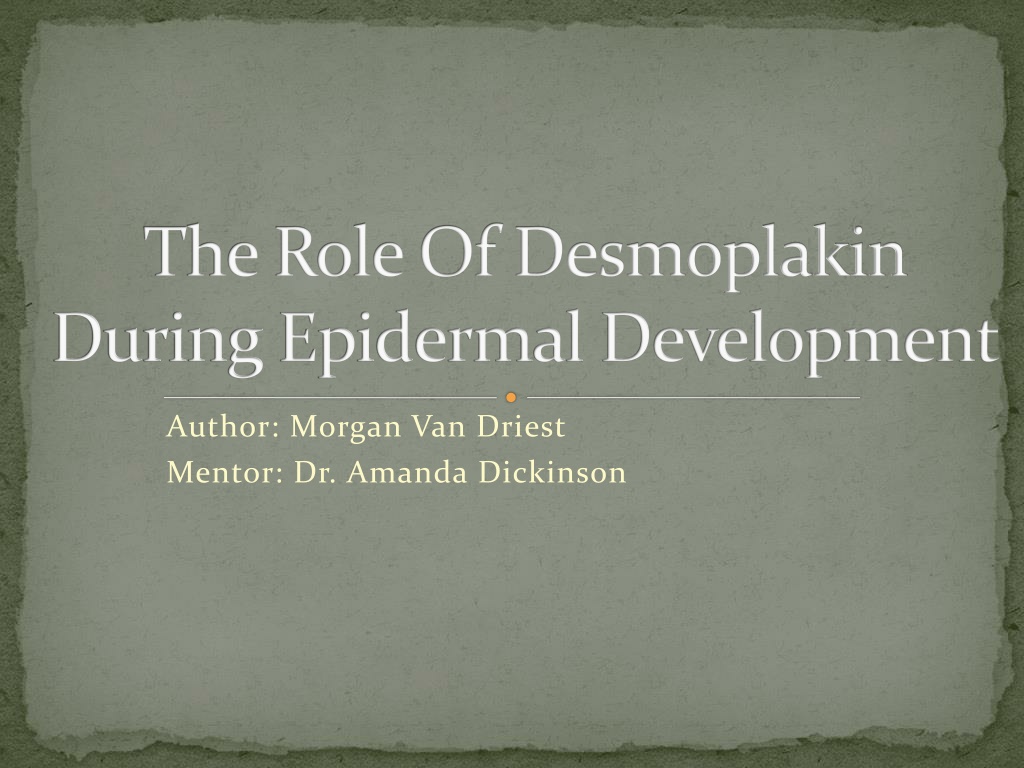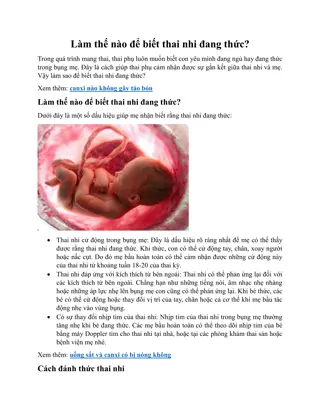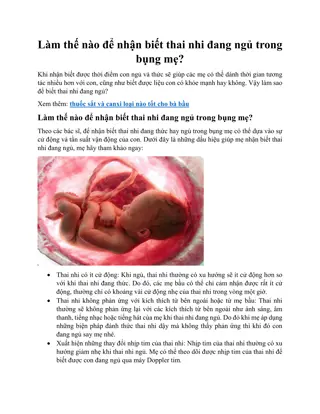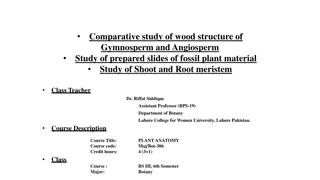Understanding the Role of Desmoplakin in Epidermal Development
Investigating the impact of desmoplakin on embryonic epidermal development through the loss of its function. Desmosomes play a crucial role in maintaining cell integrity, and improper desmoplakin function can lead to skin fragility and blistering. This study aims to shed light on how desmoplakin affects the developing human embryo, using Xenopus laevis as a model system. The research focuses on the structural and functional significance of desmoplakin's protein domains in epidermal development.
Download Presentation

Please find below an Image/Link to download the presentation.
The content on the website is provided AS IS for your information and personal use only. It may not be sold, licensed, or shared on other websites without obtaining consent from the author. Download presentation by click this link. If you encounter any issues during the download, it is possible that the publisher has removed the file from their server.
E N D
Presentation Transcript
The Role Of Desmoplakin During Epidermal Development Author: Morgan Van Driest Mentor: Dr. Amanda Dickinson
Project Overview Background: What is a desmosome? Why does it matter? What am I interested in? Project aim: To determine how the loss of function of desmoplakin affects embryonic epidermal development Previous knowledge Experiment Expected Outcome Discussion
Background: What is a desmosome? A cell-to-cell junction EC IC IC Serves to maintain structural integrity of cells in the skin Calcium binding region Cell membrane Consists of three main proteins- desmocollin, desmoglein, and desmoplakin Desmosome-intermediate filament complex Image by: Navaneetha Krishnan Bharathan (2016)
Background: Why does it matter? Without proper function of the desmosome and its protein componenets, the skin can become blistered, abnormally calloused and vulnerable to infection and disease (Whittock, 2012 et al). Images by Whittock et al (2012) & http://www.dermnetnz.org/immune/pemphigus-vulgaris.html
Background: What am I interested in? Of the three major proteins that make up the desmosome, I am interested in desmoplakin. EC IC IC Calcium binding region Cell membrane Desmoplakin contains 3 critical protein domains: The plakin domain, the rod domain, and the tail domain. The tail region of desmoplakin is particularly important because it directly associates itself with keratin. Image by: Navaneetha Krishnan Bharathan (2016)
Previous knowledge about the role of desmoplakin in desmosomal disease: Improper desmoplakin function has been associated with an early onset of skin fragility and blistering on areas of the body that receive the most mechanical stress (Whittock et all, 2002). What isn t known however, is how the improper function of desmoplakin affects the developing human embryo. Images by: McGrath (2005) and http://www.reproduction-online.org/content/145/3/R65/F1.large.jpg
How can desmoplakin be studied during epidermal development? Through the use of Xenopus laevis (African clawed frog) It is an innovative and tractable system, with free- living embryos Its epidermal development is very similar to the epidermal development in mammals. Advantages include easy embryonic manipulation, cost efficiency and easy access to desmosomal gene annotations (Bowes et al, 2010). Image by: Xenbase.org
Project Aim: To determine how a deletion in the desmoplakin tail domain affects its affinity to bind with keratin in the developing epidermis of Xenopus embryos.
Experimental Design: Obtain a mutant construct of the desmoplakin gene (missing the tail region). Subclone mutant gene into a plasmid vector Insert vector into Xenopus embryos at the one cell stage via microinjection. Image by: http://www.biotecharticles.com/Biotech- Research-Article/Genetic-Transformation- Using-Microinjection-2993.html A schematic of a plasmid vector. The mutant desmoplakin gene is inserted into the plasmid, and replicated upon insertion into the host cell. Taken from (Morgan & Juchheim, 2014).
Experimental Design Once mutant gene is introduced to the nucleus of the embryo, allow for cell growth and replication. Stain developing cells with tubulin antibodies Visualize cell differentiation using electron microscopy. Photographic representations of the desmosome and desmoplakin using EM and tubulin antibody staining. Taken from Dickinson Lab, 2016
Expected Outcome: Deletion of the tail region of desmoplakin should have a devastating affect on cell adhesion and differentiation. It is thought that if desmoplakin lacks the tail region, it will no longer be able to attach to keratin Images by: Image by: Navaneetha Krishnan Bharathan (2016) Embryos should exhibit signs of fragility and distortion
Discussion: The knowledge gained from this experiment could potentially be valuable in understanding how loss of desmoplakin function affects epithelial cell differentiation With the information from this study, further investigation of how various desmoplakin related diseases can be treated/prevented would be useful to enhancing the quality of life for affected individuals.
References Bowes, J.B., Snyder, K.A., Segerdell, E., Jarabek, C.J., Azam, K., Zorn, A.M., and Vize, P.D., (2010), Xenbase: gene expression and improved integration, Nucleic Volume 38 (suppl) 1, pp. D607-D612, doi:10.1093/nar/gkp953. Acids Research, http://www.dermnetnz.org/immune/pemphigus-vulgaris.html http://www.reproduction-online.org/content/145/3/R65/F1.large.jpg McGrath, J. A. (2005), Inherited disorders of desmosomes. Australasian Journal of Dermatology, 46: 221 229. doi: 10.1111/j.1440-0960.2005.00188.x Morgan, K., & Juchheim, M. (2014). Plasmids 101: The promoter region - let's go! Retrieved 5/1, 2016, Retrieved from http://blog.addgene.org/plasmids-101-the-promoter region Navaneetha Krishnan Bharathan, Virginia Commonwealth University, Department of Human and Molecular Genetics. Dickinson Lab (2016) Whittock, Neil V.Morley, Susan M. et al. Compound Heterozygosity for Non-Sense and Mis-Sense Mutations in Desmoplakin Underlies Skin Fragility/Woolly Hair Syndrome Journal of Investigative Dermatology, Volume 118 , Issue 2 , 232 238 Xenbase.org























